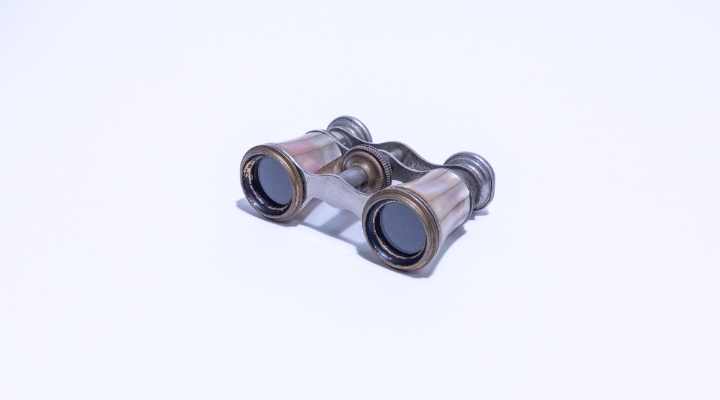See more episodes of Quant Concepts here
Phil Dabo: Welcome to Quant Concepts' working from home edition. It can be challenging to find yield, especially over the past year when we've seen interest rates go down the way that they have. But today, let's take a look at yield from a different perspective.
Although some companies might not have a high yield, there is evidence that shows that companies that have consistently increased their dividends tend to outperform the index. Some characteristics of strong financial performance would show an increase in corporate earnings, and as these companies become more profitable, they can distribute excess cash to shareholders instead of reinvesting that money in the business. For this reason, we can focus on companies that have lower payout ratios, higher earnings and a stock price that increases along with the yield.
Today, let's take a look at a strategy that focuses on companies that have consistently increased their dividends over time.
We are going to start by selecting our universe of stocks. We've used the S&P 400 and the S&P 500 to get a good mix of both mid and large cap stocks. We are going to rank those stocks from 1 to 900 according to one key factor. We are only going to focus on dividend growth. So, we will use the five-year normalized dividend growth rate as the only variable in our ranking process.
Now, let's take a look at our buy rules. Our buy rules are very simple. We are only going to pick stocks that are in the top 30th percentile of our list. All of these dividend variables are to make sure that the company has not cut their dividend in a single calendar year over the past five years. That's why each of these calendar year periods has a dividend growth rate of at least 0.1 of a percent. We also have a yield requirement of at least 1% and we are only going to buy stocks if the market cap is above $500 million. We also want to make sure that they don't pay out too much of their earnings in dividends. So, we've placed a limit on the payout ratio of no more than 70%.
The last buy rule is to make sure that the companies have strong financial health. So, we've placed a 0.7 limit on our Morningstar quantitative health score. This is a proprietary measure, indicating a company's financial health based on the company's leverage. A higher score indicates lower leverage and less likelihood the company will fall into financial distress.
Now, let's take a look at our sell rules. Our sell rules are very simple. We are going to sell stocks if they fall out of the top half of our list. We are also going to sell stocks if their five-year normalized growth rate becomes negative, or if their yield goes below 0.01 of a percent. We are going to sell stocks if they start paying out more than 90% of their earnings in dividends and if their financial health deteriorates and falls below 0.5.
Now, let's take a look at performance. The benchmark that we used is the Morningstar Dividend Leaders Total Return Index, and we tested the strategy from December 2009 to March 2021. Over this time period, the strategy has generated a very strong 15.4% return, which is 3.1% higher than the benchmark and with the 58% annualized turnover.
We can see by the annual returns that this is a strategy that has outperformed over every significant time period, and it's done so with lower price risk as you can see by the standard deviation, and also with a higher Sharpe Ratio as you can see by these annualized periods. The additional benefit of this strategy is that it has lower market risk, as you can see by beta, and you can see really good outperformance by looking at this chart.
Lastly, the market capture ratios show that this is a strategy that performs well in both up and down markets, which contributes to a very good overall market capture ratio. This is a great strategy to consider for investors that are looking for less volatility than the index, and if one of their primary objectives is to have dividend-paying stocks. The additional benefit of this strategy is that it can provide meaningful diversification for portfolios that aren't necessarily focused on dividend growing stocks. The yield on the buy list isn't necessarily high at 2%, but it's still higher than the S&P 500.
You can find the buy list along with a transcript of this video.
From Morningstar, I'm Phil Dabo.
For a larger image of the buy list, click here.


















